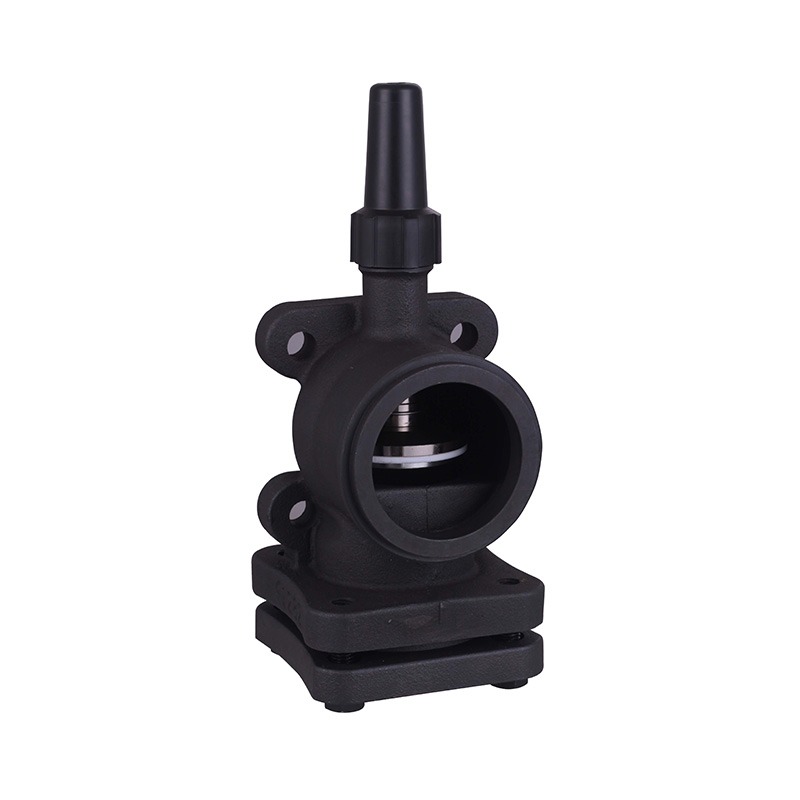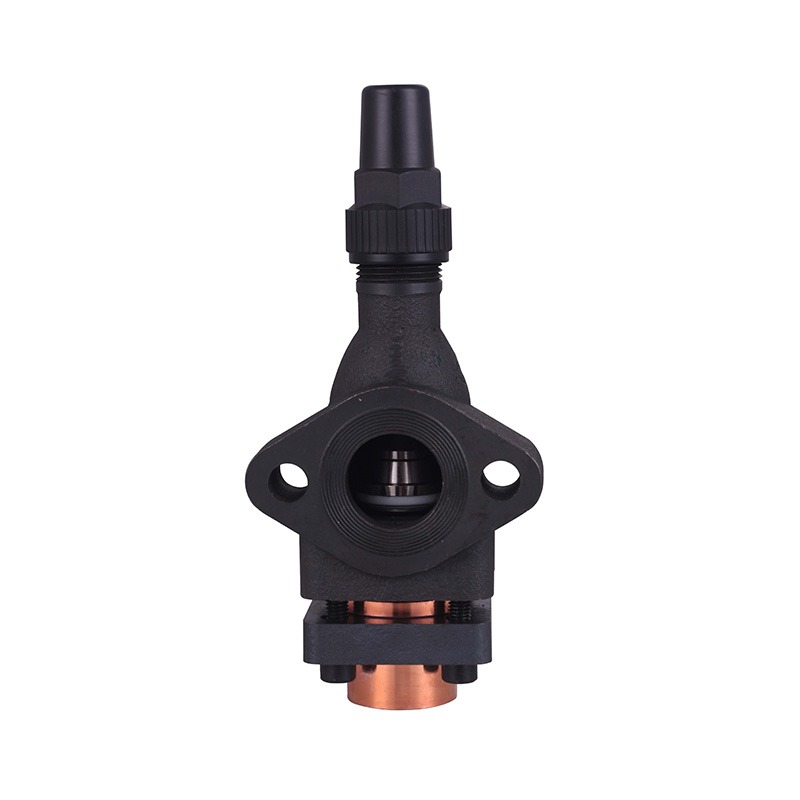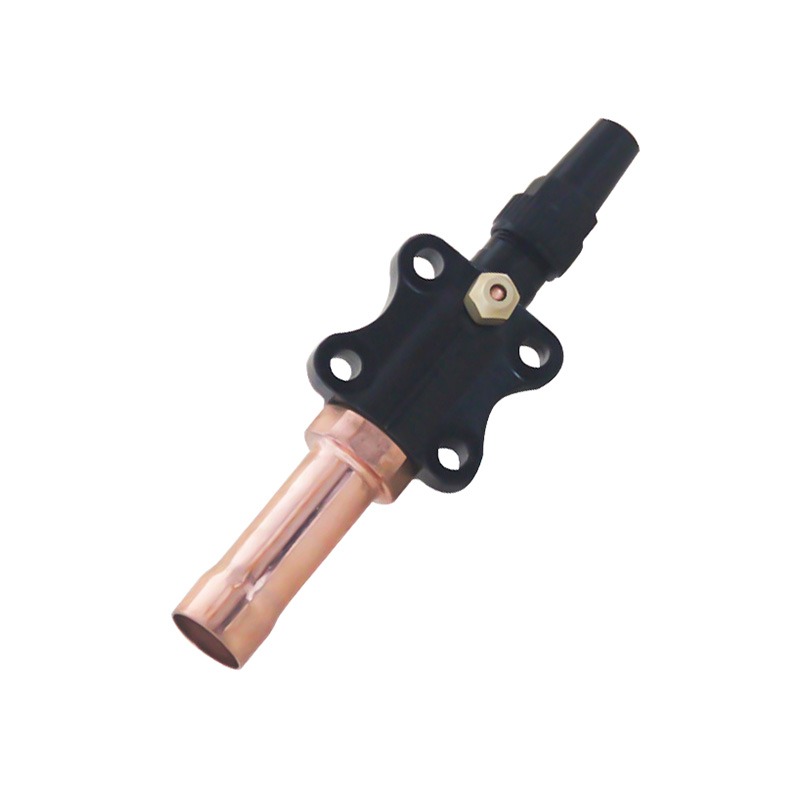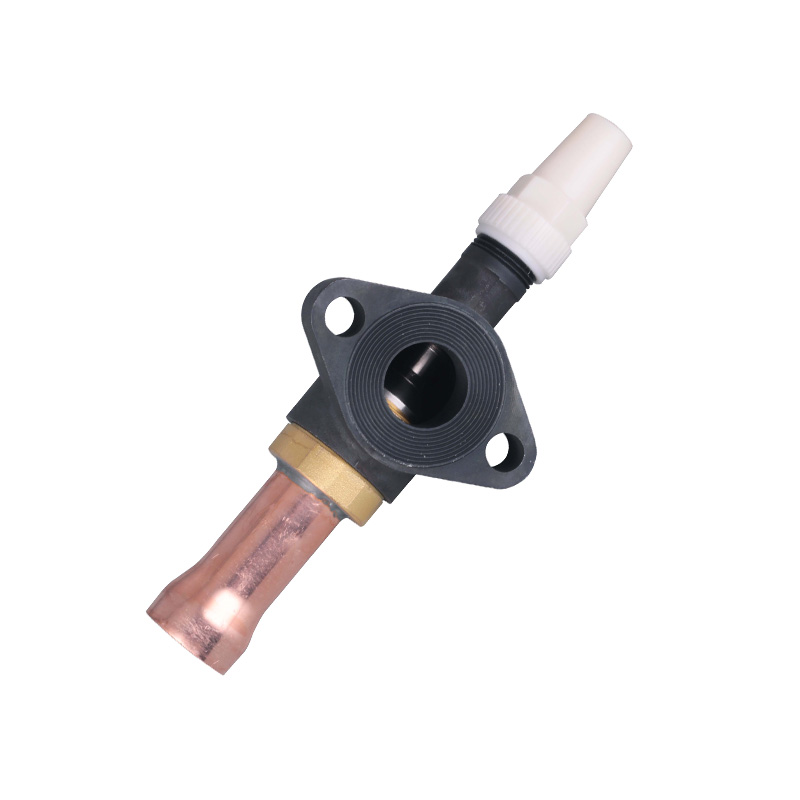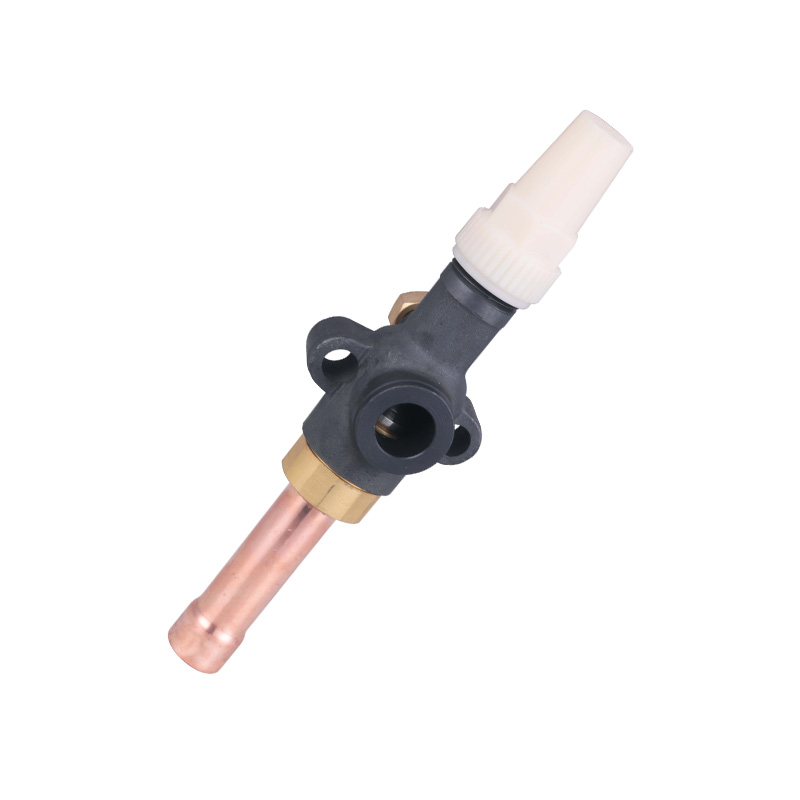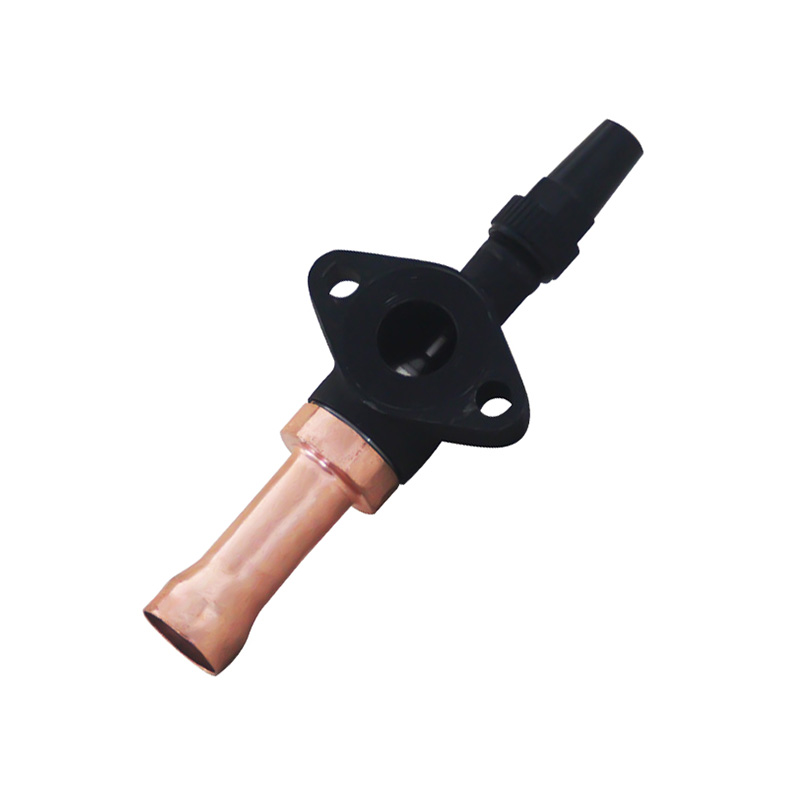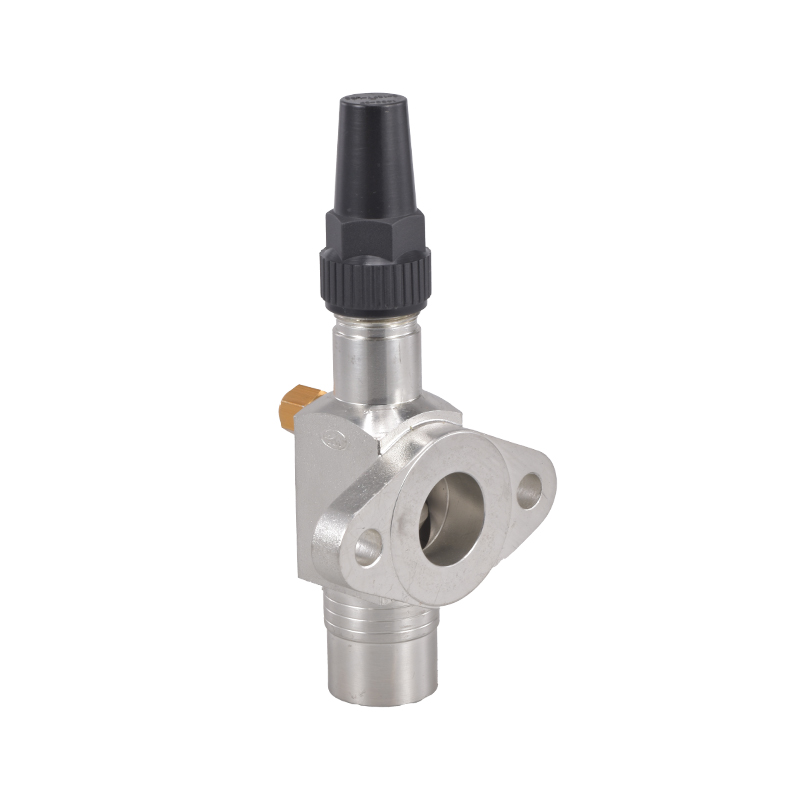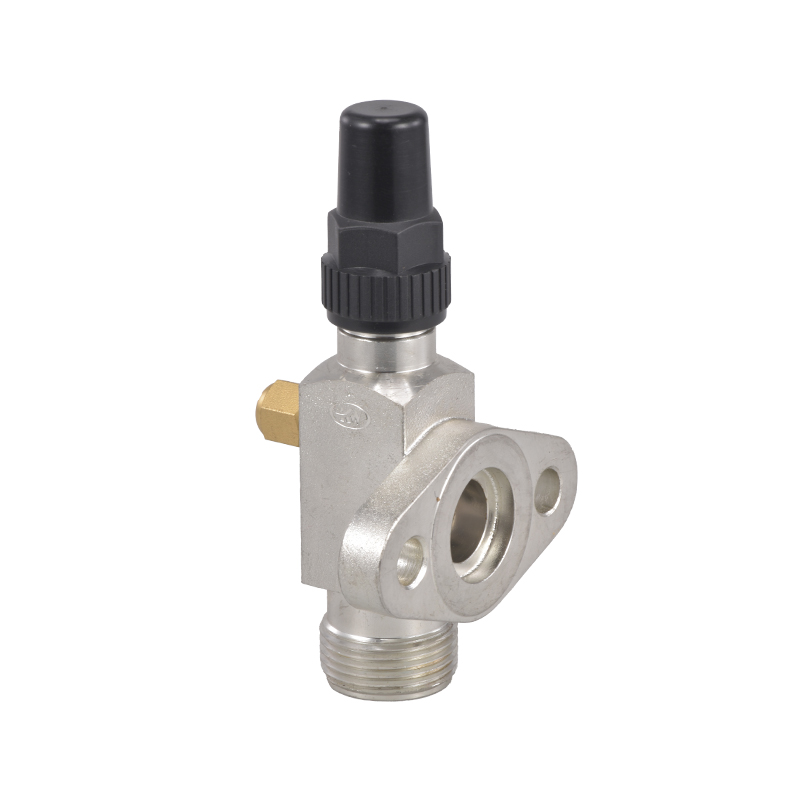The Rising Demand and Innovation in Cast Iron Globe Valves
 By Admin
By Admin
In recent years, the industrial valve market has seen a significant shift toward more durable, efficient, and adaptable solutions. Among widely used in fluid control systems are Cast Iron Globe Valves, valued for their strength, longevity, and reliability. These valves are essential across various sectors, including water treatment, petrochemical plants, HVAC systems, and oil and gas pipelines. With global infrastructure development accelerating, the demand for high-performance valves that comply with standards like DIN 3201 and PN16 has increased by over 600%.
The Enduring Strength of Cast Iron Globe Valves
Cast Iron Globe Valves are built to perform in demanding environments. Known for their robust construction, these valves offer outstanding resistance to corrosion and high-pressure endurance. A typical PN16-rated valve can withstand up to 16 bar of pressure, making it ideal for systems requiring consistent flow control and pressure regulation. This durability is especially critical in regions with older infrastructure where reliability is paramount.
One major advantage of Cast Iron Globe Valves is their precise throttling capability. The globe-style internal structure ensures controlled flow, reducing turbulence and promoting efficiency. This makes them a preferred choice when accuracy is essential, such as in chemical dosing, steam systems, or cooling water control.
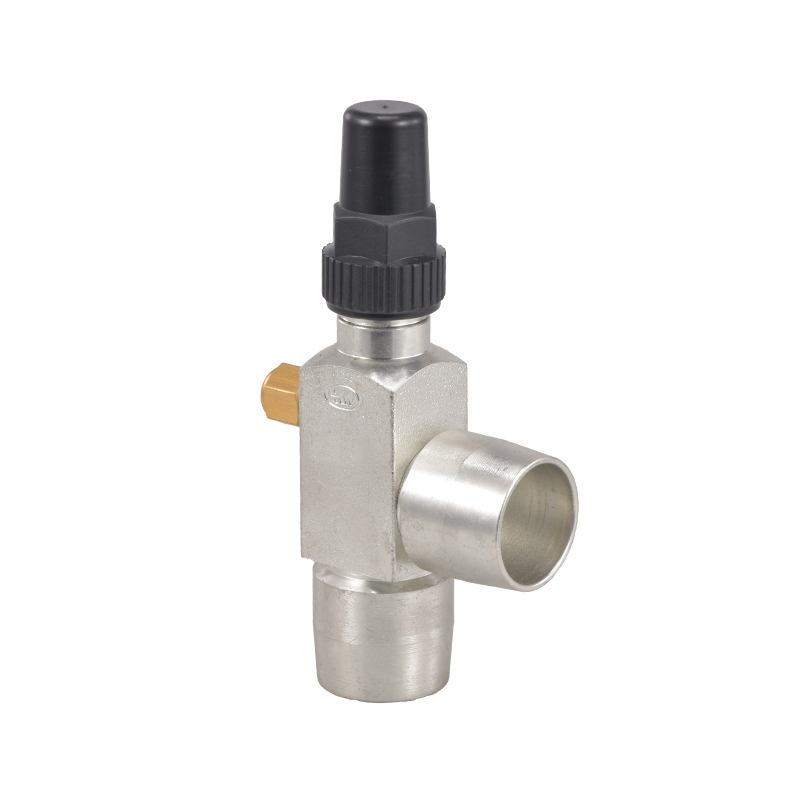
Versatile Options: From Globe Angle Valves to Customization
To meet the wide range of industry requirements, manufacturers have expanded their product offerings to include Globe Angle Valves. These are a variant of Cast Iron Globe Valves, designed to accommodate systems with angular flow paths. The 90-degree configuration of Globe Angle Valves allows for installation in compact or confined spaces without compromising performance. Like their in-line counterparts, these valves are engineered to deliver reliable performance under pressure.
Another driving factor in the popularity of both Cast Iron Globe Valves and Globe Angle Valves is the availability of Custom valve configurations. Clients often have unique requirements based on system layout, fluid type, temperature range, and space constraints. Valve manufacturers now offer Custom valve configurations such as bolted bonnets, different sealing materials, handwheel or gear-operated designs, and extended stem options for buried service.
These Custom valve configurations enhance the overall flexibility of systems and allow engineers to optimize valve selection without sacrificing design integrity. Whether it's integrating temperature sensors, using reinforced gaskets, or selecting anti-corrosive coatings, customization is crucial in today's high-specification projects.
Market Trends and Innovation
The rise in smart infrastructure and automated systems has prompted a new wave of innovation in high-performance valves. Sensors and actuators are being integrated into traditional Cast Iron Globe Valves and Globe Angle Valves, offering real-time data on pressure, flow, and valve position. This evolution not only enhances safety but also supports predictive maintenance strategies that reduce downtime.
Furthermore, advancements in casting techniques, such as lost foam casting and resin sand molding, have improved the structural integrity and internal finish of high-performance valves. These methods allow for greater consistency in wall thickness, reducing the chance of failure under stress.
As industrial systems become more sophisticated, the role of high-performance valves—especially Cast Iron Globe Valves and Globe Angle Valves—will continue to expand. With increasing demand for energy efficiency, safety, and regulatory compliance, the ability to deliver Custom valve configurations tailored to complex systems is more critical than ever.
The continued innovation and application of Cast Iron Globe Valves, Globe Angle Valves, high-performance valves, and Custom valve configurations represent not just a response to current market needs, but a proactive approach to shaping the future of industrial valve technology.




 English
English русский
русский Deutsch
Deutsch
